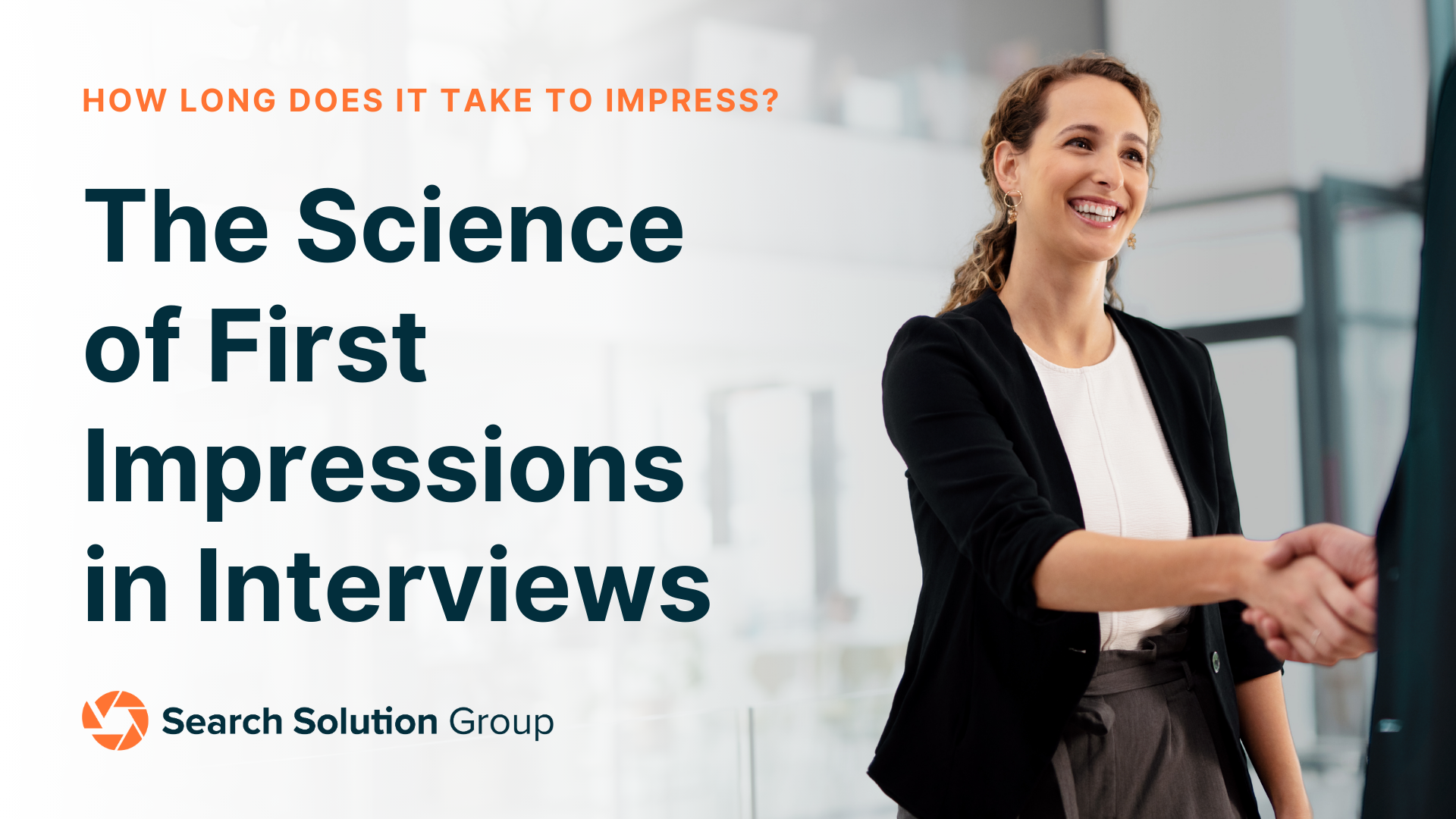What do you think will be the biggest factor in attracting and retaining talent by 2026? We recently asked this question in a LinkedIn poll, and the results reveal not only what employees value today but also what leaders need to prioritize moving forward.
Flexible work models (44%) are the most valued, followed by competitive pay and benefits (35%), a strong workplace culture (14%), and opportunities for career growth (6%). These results reflect what individuals value in the workplace today and indicate the need for leaders to adapt to these changing preferences.
Flexibility as the New Standard
Flexibility is no longer a perk, it is an expectation. Employees want more control over how, when, and where they work. True flexibility signals trust, autonomy, and respect for employees’ lives outside of work, and it often carries as much weight as pay or benefits when people decide whether to stay or move on.
How leaders can prepare:
- Work-from-home options for roles that can be effectively performed outside the office.
- Hybrid schedules such as three days in-office for collaboration and two days remote for focused work.
- Flexible hours like 7–3, 10–6, or four-day workweeks to accommodate different lifestyles.
- Everyday flexibility to handle doctor’s appointments, school drop-offs, or mid-day errands without penalty.
- Location flexibility through coworking spaces, regional offices, or temporary remote work from another city or state.
Organizations that embrace this broader definition of flexibility will improve retention, attract top talent, and stand out as forward-thinking employers heading into 2026.
Compensation and Benefits Beyond the Basics
By 2026, employees will expect more than competitive pay and standard benefits. They are looking for a total rewards approach that supports every part of their lives. This means combining strong compensation with offerings like wellness programs, mental health resources, family support, generous time off, and financial well-being tools.
Transparency will also play a bigger role. Clearly communicating how salaries, raises, and incentives are determined builds trust and will soon be the baseline expectation for attracting and retaining top talent.
Organizations that view total rewards as more than a checklist, and instead as a holistic strategy for employee experience, will be the ones that stand out in a competitive talent market.
Workplace Culture as a Competitive Edge
Once pay and flexibility are competitive, culture often becomes the deciding factor. People want to be part of organizations where they feel included, valued, and proud of the work they do.
Elements that matter most include:
- Inclusivity: every employee feels they belong.
- Recognition: contributions are acknowledged consistently.
- Collaboration: teams solve problems together rather than in silos.
- Trust: leaders communicate openly and act with integrity.
Culture cannot be left to chance. Leaders must measure it, shape it intentionally, and treat it as a business priority equal to revenue growth.
Investing in Employee Growth and Development
Although career development received the fewest votes in the poll, it remains a crucial aspect of employee satisfaction and retention. As industries evolve and technology progresses, employees are more likely to choose organizations that actively invest in their future growth.
Where leaders should focus:
- Upskilling and reskilling programs to keep teams adaptable.
- Clear advancement pathways that outline how employees can advance in their careers.
- Mentorship and coaching opportunities that foster stronger connections between junior and senior talent.
By 2026, companies that prioritize development will be better positioned to retain their top talent and reduce costly turnover.
The Broader Workforce Shifts Leaders Must Anticipate
In addition to flexibility, pay, culture, and growth, there are significant forces that will reshape the workforce:
- Automation and AI are redefining job roles and the skills required.
- Diversity, Equity, and Inclusion (DEI) has evolved into a central business strategy rather than just a program.
- Cross-functional skills are becoming essential as job responsibilities expand.
- Agility in workforce planning is crucial as leaders must quickly adapt to market changes.
These changes will distinguish companies that adapt successfully from those that fall behind.
Partnering for the Future of Work
The workforce of 2026 will demand more than flexibility, competitive pay, and a strong culture. It will require strategies that anticipate change, embrace technology, and support employees at every level.
At Search Solution Group, we help organizations prepare by aligning recruitment, staffing, and consulting services with the realities of the future. Whether you need to strengthen your leadership team, fill critical roles, or rethink your workforce planning, our team has the expertise to make it happen.






